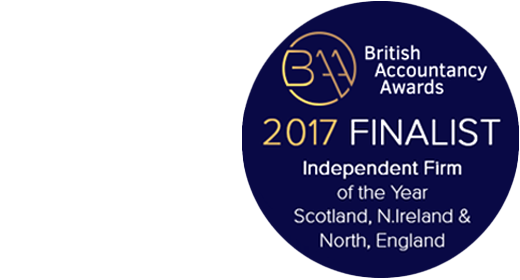
As a small business owner, you’ve likely heard the terms “cash flow” and “profits” used interchangeably. However, mixing these financial metrics up can cause severe consequences for your business.
The distinction between the two can significantly impact your business’s financial health and your decision-making process.
Here is a quick guide to cash flow and profits so you can avoid confusing the two.
What are profits?
Profits are the surplus that remains after all expenses have been deducted from your income.
If you have worked out a solid business model (and consulted a good accountant) you should be able to see profits on your bookkeeping records.
However, profits on paper do not always translate to available cash in your bank account.
What is cash flow?
Cash flow is the net amount of cash moving in and out of your business.
Positive cash flow means you have more cash coming in from sales and other inputs than going out in operational costs, salaries, etc.
Equally, negative cash flow is the opposite – more money flowing out of the business than coming in.
Unlike profits, cash flow reflects the liquidity of your business at any given time.
Key differences
- Timing: Profits are recorded on an accrual basis, meaning they count as soon as the transaction is made, irrespective of when the cash is received. Cash flow counts money when it actually enters or leaves your bank account making it a more accurate metric for measuring how much cash you have available to spend.
- Inclusion of non-cash expenses: Profit calculations often include non-cash items like depreciation or amortisation. These figures can distort your perception of actual cash in hand.
- Investment capital: Positive cash flow allows your business to make investments in new opportunities without relying on external financing. Profits, even if high, can be tied up in receivables or inventory and may not be readily accessible. A high cash flow means that access to cash is easier, which is not always the case with profits.
Why they are both important
Understanding profit and cash flow can significantly benefit your small business:
- Strategic planning: Knowing your profit helps you with long-term strategic planning and assessing the viability of new projects. It tells you if your business can grow and sustain itself in the long run.
- Day-to-day operations: Positive cash flow ensures that you can cover your immediate expenses, like payroll and inventory purchases, without dipping into credit or external funding.
- Investor and lender attractiveness: Both metrics are critical for stakeholders. While profits often make you more attractive to investors, lenders frequently look at cash flow to gauge your ability to repay loans.
Both profits and cash flow are indicators of a business’s financial health, but they serve different purposes and should be equally well analysed by a trained accountant.
Understanding these two critical metrics, means you are better equipped to make informed decisions that contribute to your business’s long-term success and stability.
If you need a professional accountant to examine your profits and cash flow, or you simply have more questions on the subject, get in touch.

